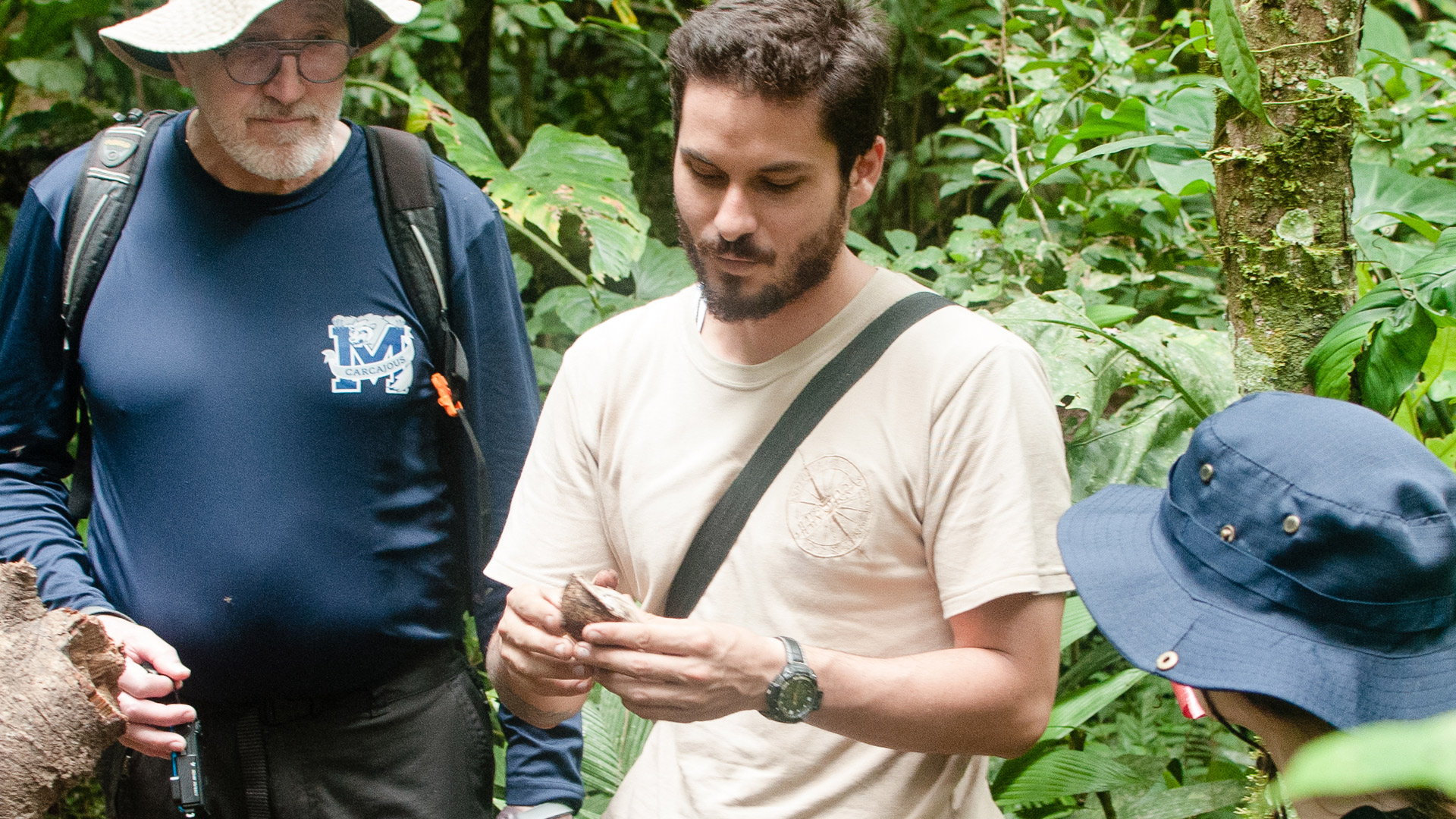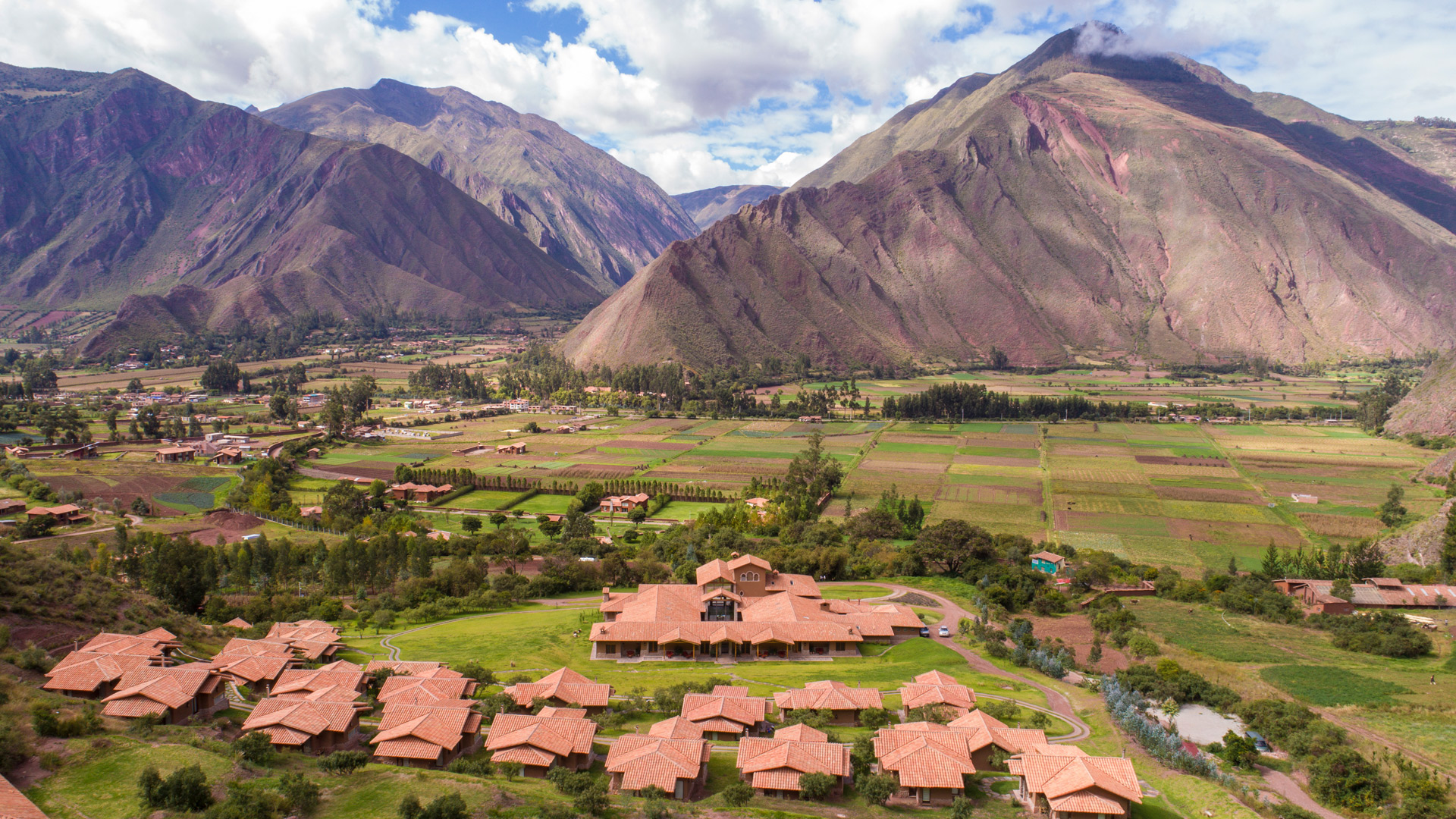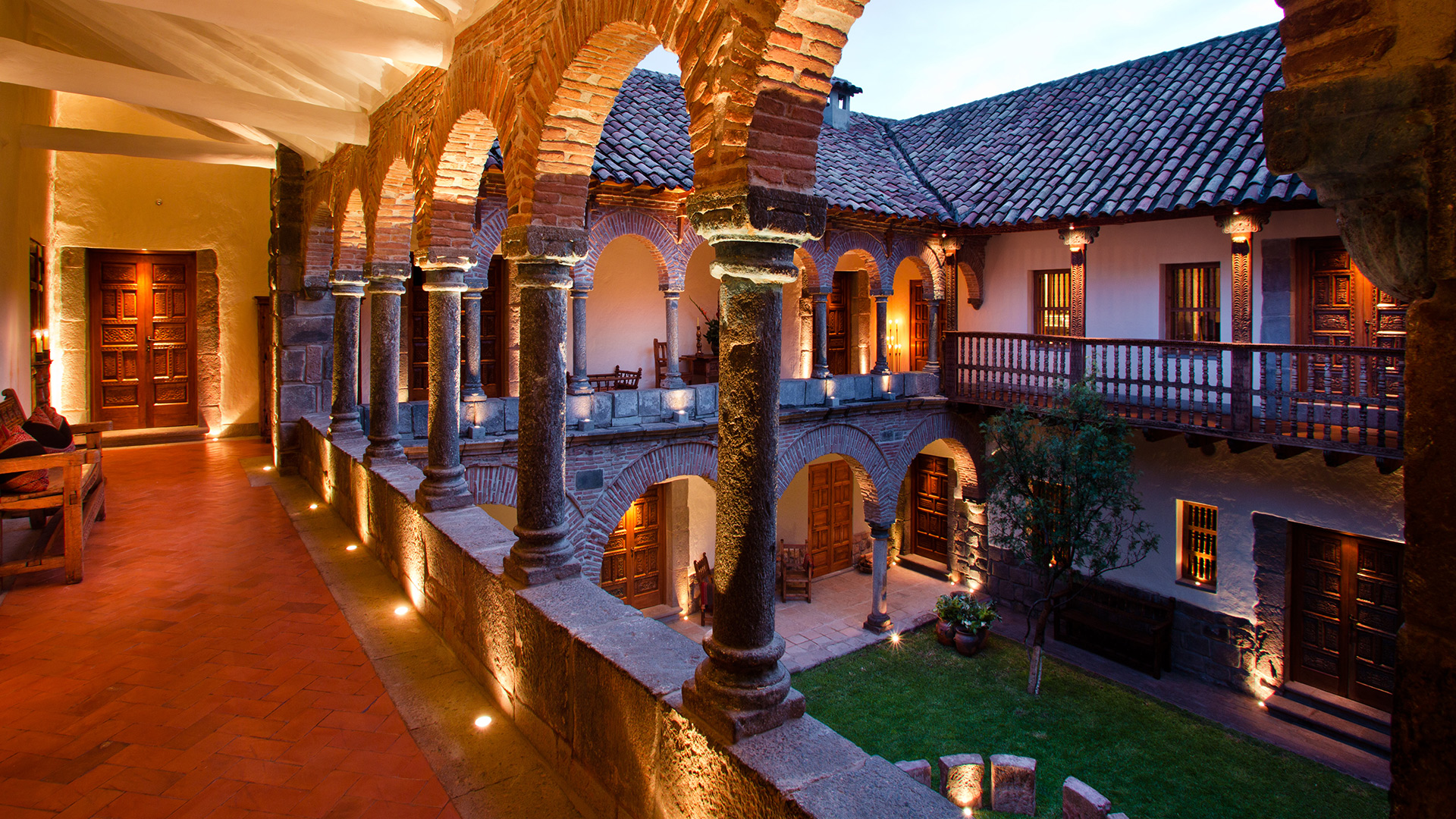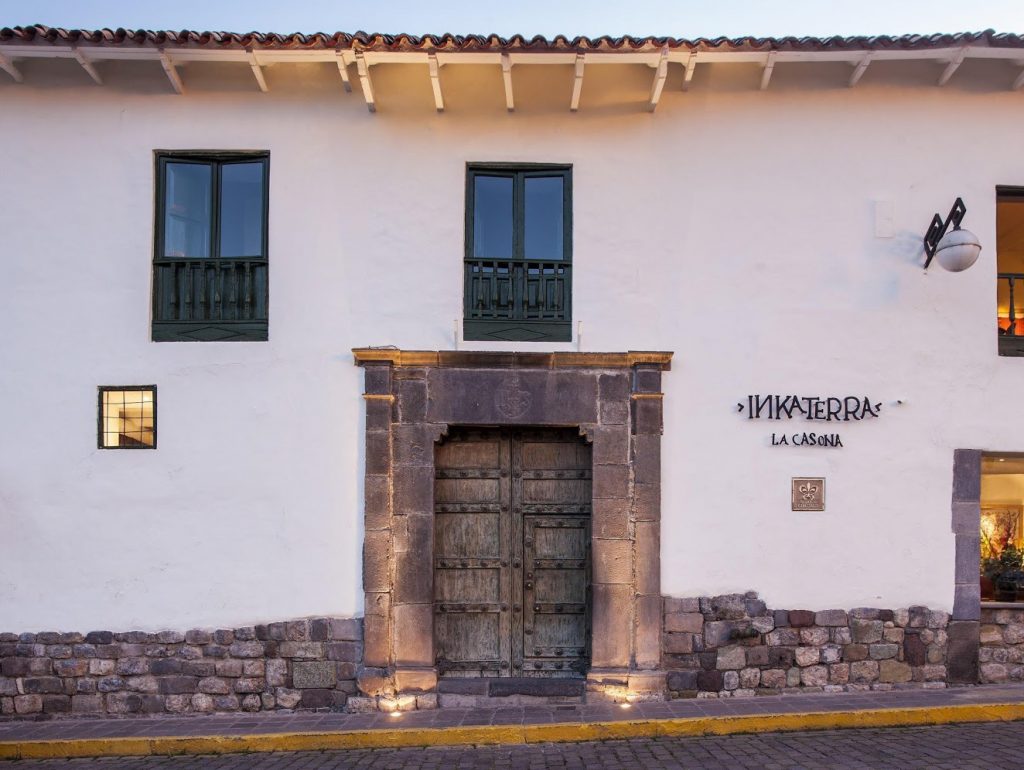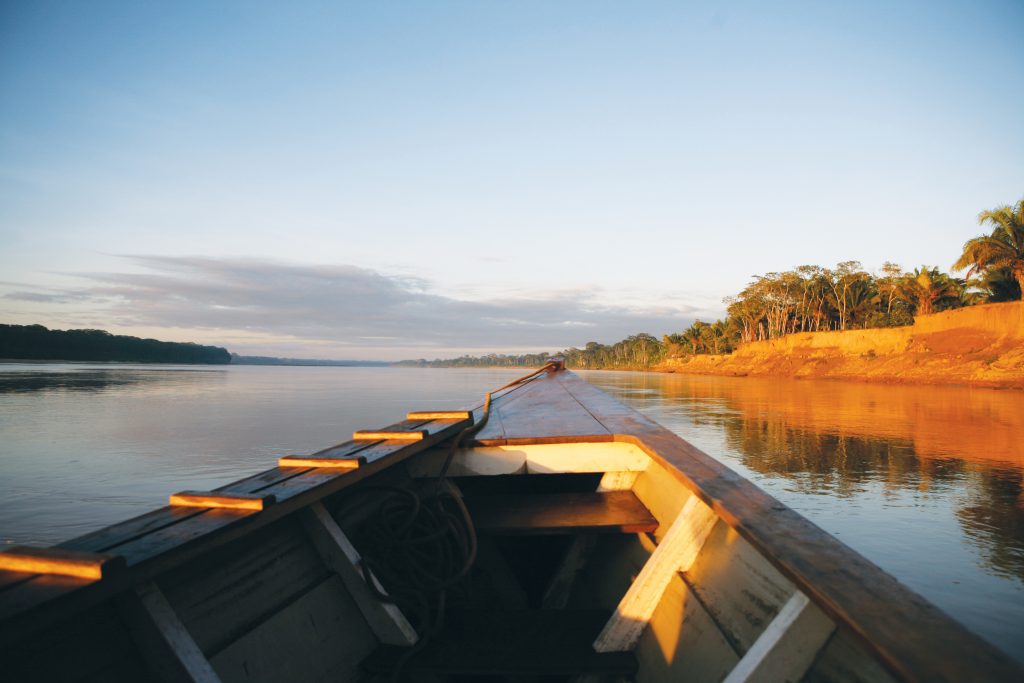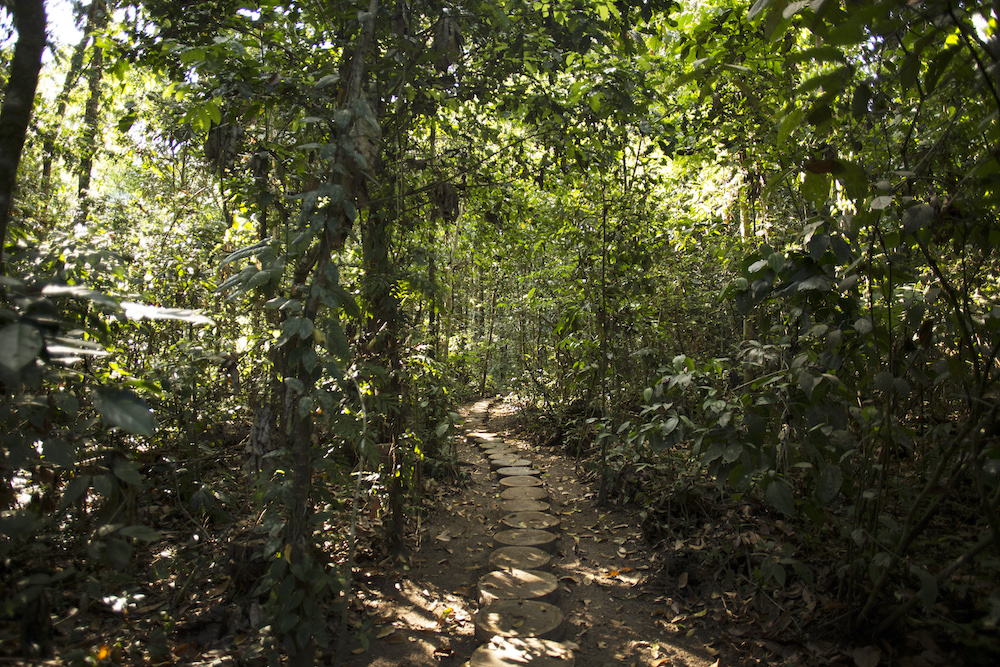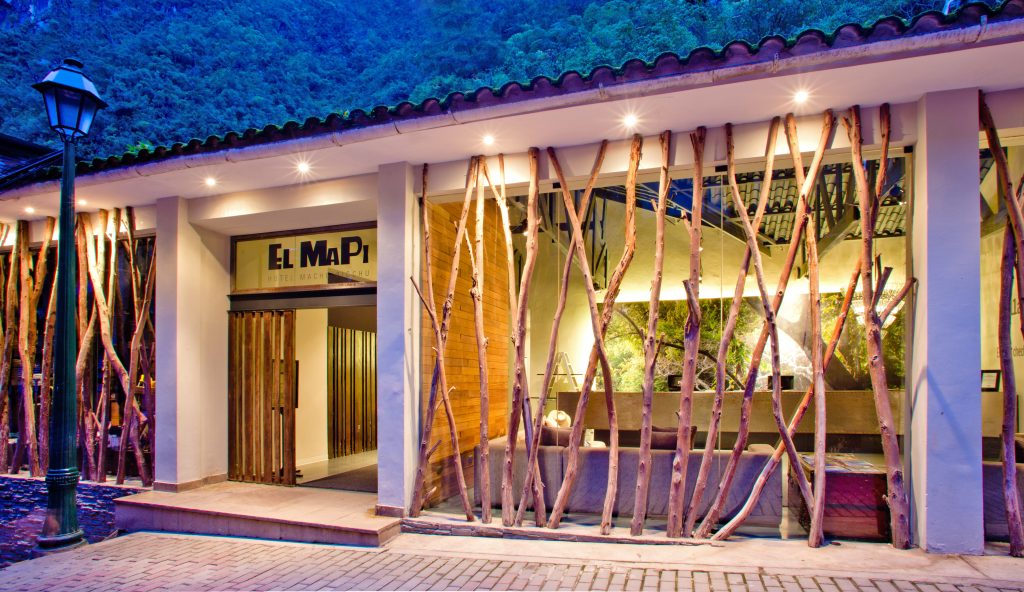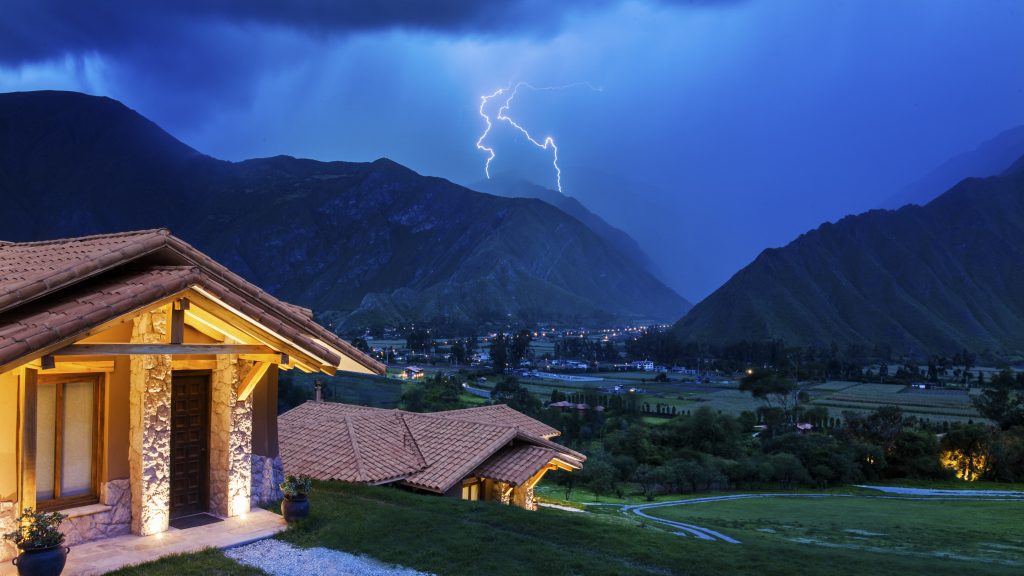Can you tell us a bit about yourself?
I am a native of Villa Rica in the Amazon region of Central Peru. I lived in Paraguay for eight years, after which I returned to my country to stay. I graduated from the Faculty of Forest Sciences of La Molina National Agrarian University, and I have experience in biodiversity inventories in different regions of Peru, forest industries, agroforestry systems of the Amazon, forest plantations and sustainable constructions with bamboo, amongst other things.
What does a day in the life of the Chief of Projects at Inkaterra Guides Field Station consist of?
Pure nature!
I start at dawn, monitoring birds with my colleague Noe Huaraca. This is followed by a tour of the Palmetum, a unique Peruvian initiative for education and the conservation of Amazonian plants.
Then, together with Daxs Coayla, we assess the progress of the bio-garden project that shows the immense diversity of edible and useful plants in the Amazon. Due to native communities getting smaller, plants that have been used for thousands of years are being lost, so the bio-garden gives us a chance to gather and protect them.
I spend the afternoon with Liza Linares who is in charge of the GreenLab, the first molecular biology and genetics field research laboratory to be set up in the Amazon basin. The GreenLab is a powerful tool when it comes to deciphering the enormous diversity that this part of the Amazon presents, and so it is here that we determine the progress of our ongoing projects.
Finally, after checking our camera traps (installed to monitor the forest’s large mammals), there remains a large amount of data and information analysis to undertake, as it is this that allows us to continue with our conservation work in all areas of Inkaterra.
What initially drew you to Inkaterra?
It was Inkaterra’s passion for sustainability through research and conservation that first attracted me. Since its conception in 1975, Inkaterra has been a pioneer of eco-tourism, not only in Peru but internationally, and it was this that first drew me here.
How long have you been working with Inkaterra?
I have been working for Inkaterra for over two years, since March 2017.
What did you study before joining Inkaterra?
At the Faculty of Forest Sciences at Lima-La Molina National Agrarian University, I studied various courses in biodiversity monitoring, management and production, specialising in agroforestry systems in the low jungle and cloud forest of the Amazon.
What do you think is the most important aspect of being Chief of Projects?
All of the projects we do at Inkaterra act as a valuable tool when it comes to carrying out our conservation efforts. Our projects allow us to do work that puts value on the forest ecosystem, thus benefiting the forest itself and the people who live in it.
How does your day-to-day work differ throughout the seasons?
It differs a lot since the Amazonian landscape itself changes due to the rainy and dry seasons, which in turn define the flowering and fruiting of plants, the animals’ breeding seasons and the water levels in the rivers. This, in turn, impacts the equipment we require, the clothing we wear and the areas we can reach, amongst other things, and as a result, our work adapts to these changes accordingly.
What is the most interesting thing you have learnt about the Amazon since joining Inkaterra?
The Amazon is one of the most complex and evolved ecosystems on our planet, and it should be understood as an independent organism. The most interesting thing I have learnt since being at Inkaterra is that, unlike forests of the northern hemisphere whose rainfall is influenced by the climatic conditions, the climate of the Amazon is unique and governed by the living organisms that inhabit the rainforest.
What is your favourite time of year in Peru?
Although the rainy season is when the largest number of Amazonian species flourish and bear fruit, I believe the best time to visit the Amazon is during the dry season, from May until November.
What can guests to Inkaterra Guides Field Station expect to discover
Inkaterra Guides Field Station is the Inkaterra property where ecotourism lives together with research and conservation projects managed through the NGO Inkaterra Asociación (ITA). Guests to the Inkaterra Guides Field Station can expect to have a hands-on experience, participating in and learning about the projects we undertake, from bird monitoring to the identification of mammals through camera traps, harvesting edible Amazonian plants from the bio-garden to learning about agroforestry systems.
For more information on Inkaterra Guides Field Station and the other Inkaterra properties, please click here.


